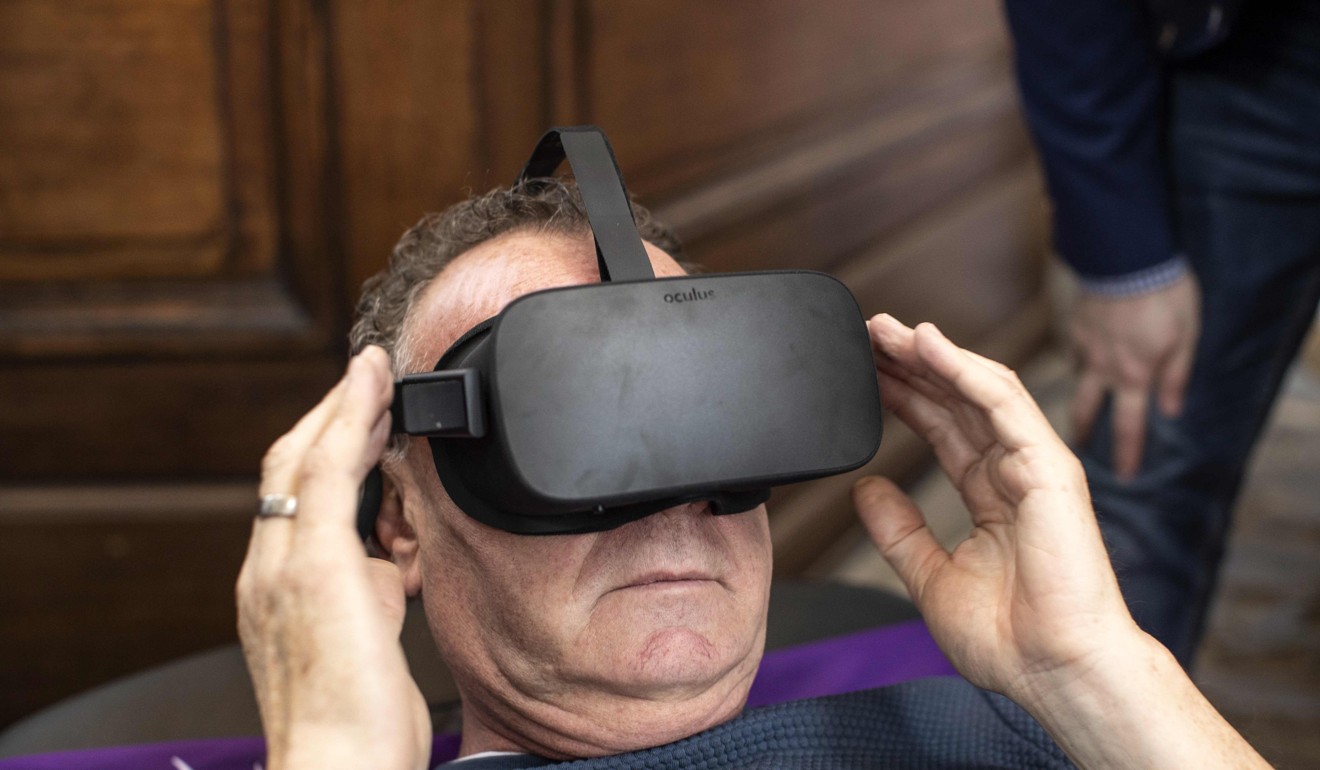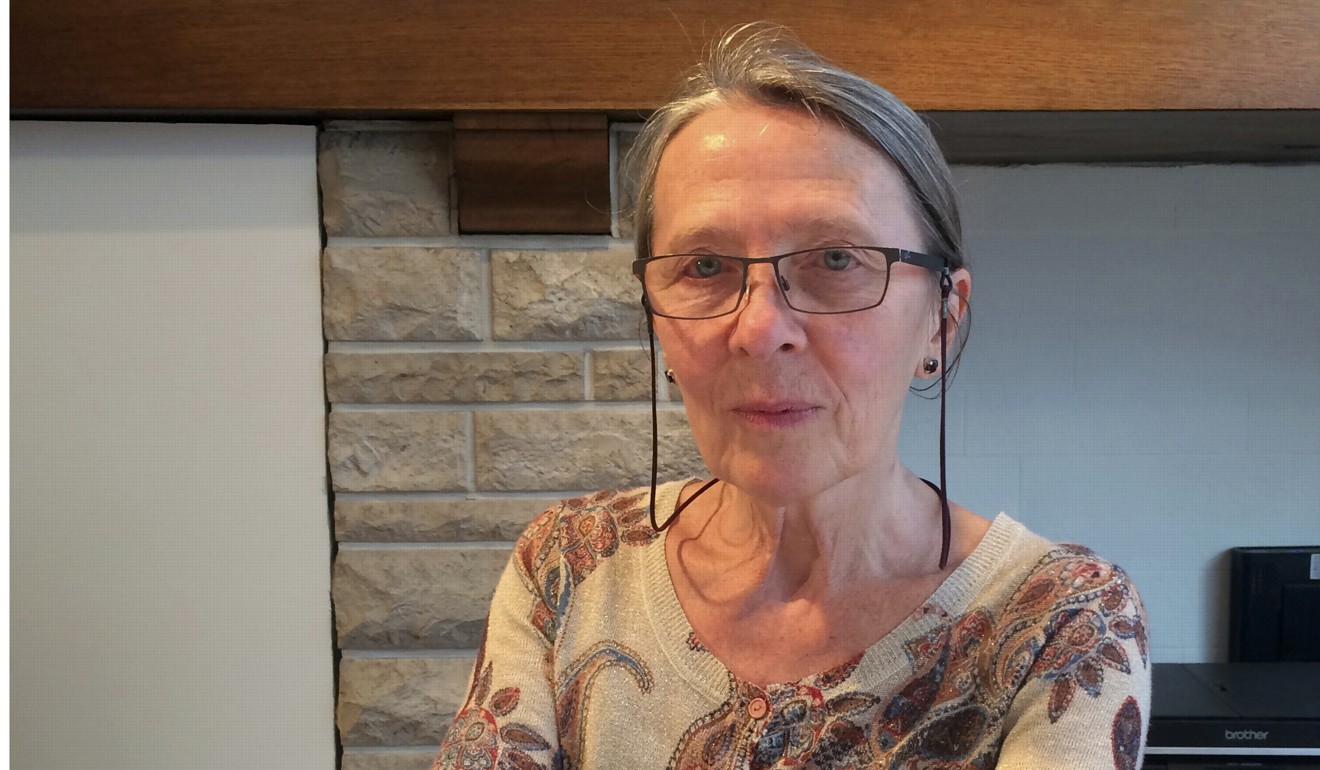“It’s INSANE,” Sephora mom Karyn Agosto howled into the phone. First her eighth-grader succumbed, she said, then her fourth-grader — both sucked into the skincare craze striking tweens and young teens.
It’s a TikTok-fueled obsession that has girls with the dewy glow of youth spending hundreds of dollars to lift, brighten, and de-wrinkle skin that people with actual saggy faces would kill for.
Agosto was speaking quickly now, rattling off her girls’ skincare needs: Jade rollers. Mini cosmetic refrigerators for their bedrooms. Lip masks. Anything from a company called Drunk Elephant.
“They care about their skin,” said Agosto, of North Andover, “but you still have to fight them to put sunscreen on.”
Caught in the grip of marketing forces and influencers more powerful than any mean girl, and often enticed by packaging with Barbie vibes, middle schoolers are spending $30, $40, $60, or more for radiance serums, cooling waters, and rescue balms.
“My almost 13-year-old has so much skincare [merch] she could open a satellite Sephora location in her bathroom,” said Jaimie Adler, of Lexington.
Skincare has become the new dieting, and there’s big money to be made from a vulnerable population that is, as always, being taught to feel its appearance needs fixing.

You’re never too young to feel old. In North Attleboro, Helena Cornwell, a high school freshman, spoke glowingly of her 8–year–old sister’s skin, but not her own.
“She has perfect porcelain skin because she hasn’t experienced very much stress,” she said.
“You’re 14 and talking like you’re my age,” her mother, Kimberly Cornwell said.
“I do get wrinkles in my forehead,” Helena responded.
Nationwide, the kids’ shopping behavior has at times become so intense — they’re reportedly fighting over scarce products, breaking testers, being rude to workers — that online rants by Sephora staff and older customers have become entertainment.
“These 10-year-olds are crazy, like literally the most feral …” a TikTok user named @_giannalove says in a Dec. 31 video that’s gotten 3.2 million likes.
At 11, Hailey DeLong, of Millis, has a nighttime routine that would humble a Kardashian. “I start off with Glow Recipe toner,” she said, “and then I’ll do the Byoma hydrating serum and then I do a Bubble moisturizer and then I use Holy Hydration e.l.f. eye cream, and, I forgot, first I’ll use facial spray.”

Hailey isn’t worried about looking old, she emphasized — she does it just for fun. “It’s like playing with toys, but for older kids.”
But there’s a darker side, too, with accusations that skincare firms market potentially harmful products to children. The criticism has become so intense that the founder of tween-favorite Drunk Elephant was questioned by AdAge.
“There’s not an effort on our part to target or make money off kids or anything like that,” Tiffany Masterson told the publication in early January.
Whatever the intentions, the girls are using the products. And doctors are seeing the results.
“They all feel they need to exfoliate but they are destroying their skin barrier by over-exfoliating,” said Rosy Sandhu, an internal medicine physician and founder of the Neem Medical Spas in Greater Boston.
Additionally, moisturizers meant for older, drier skin are clogging the kids’ pores and triggering acne, she said. She is “living” the story in her own house, she added, with her two skincare focused daughters.
Six months ago she noticed that her 12-year-old had redness and irritation under her eyes, the result, a conversation revealed, of a retinol-infused product she had been using to get rid of what she perceived as dark circles.
“It was a mild version of retinol, but for a 12-year-old, that can burn your skin off,” Sandhu said.
Quincy dermatologist Victoria Kuohung, with DermCare Experts, said she’s had girls as young as 12 come in concerned about wrinkles.

But effective skincare can be very “basic,” she added. “Stay out of the sun, use sunblock, and a moisturizer. But clearly these simple ideas are not compelling enough. I don’t know how many times I’ve been asked about snail mucin or fish eggs.”
Potential harms are more than skin deep, she added. “The focus and energy young women are directing towards complicated and misplaced anti-aging regimens takes away energy and attention from developing themselves in other areas.”
Meanwhile, even as teens and pre-teens absorb anti-aging messages from influencers, some moms who had finally managed to break free of the madness are being sucked in by their daughters — who are spending much more than they are.
“She renewed my interest in skincare,” Kimberly Cornwell of North Attleboro said of her high school freshman.
Oh, no — an anti-aging doom loop.
Beth Teitell can be reached at beth.teitell@globe.com. Follow her @bethteitell.
.png?itok=arIb17P0)








